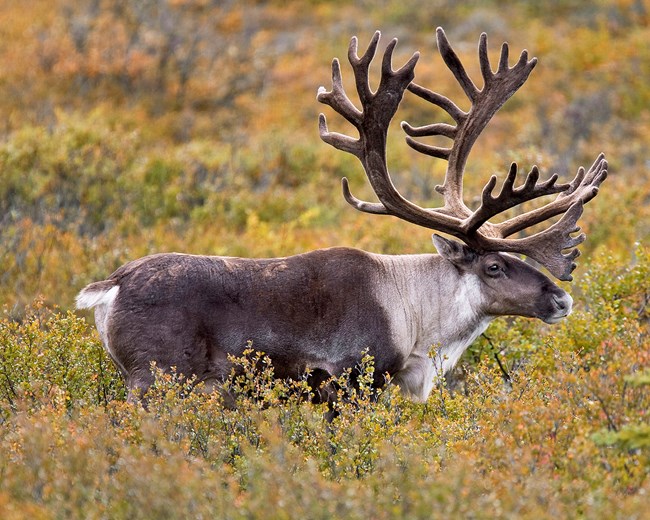Deinotherium
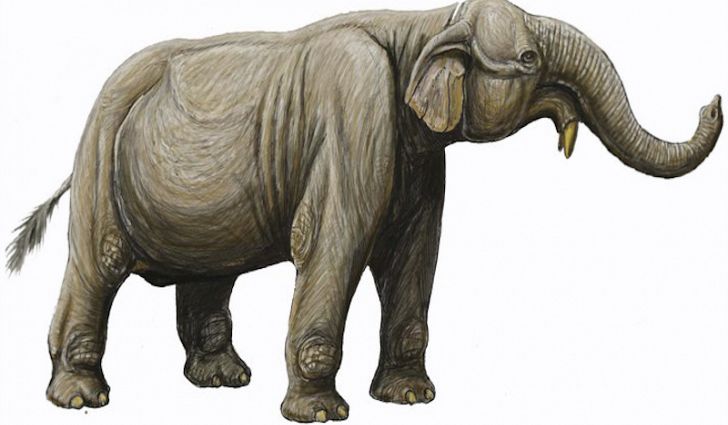
Deinotherium or terrible beast as they are called was an ancient animal that looked like the modern day elephant. It lived on the planet some 23 million to 5 million years ago in the period called Middle Miocene Period and survived until the beginning of the Pleistocene era. They belonged to the family called Deinotheriidae in which modern-day elephants also belong. But there was a difference between them and elephants and what’s that?
Same Family With Difference
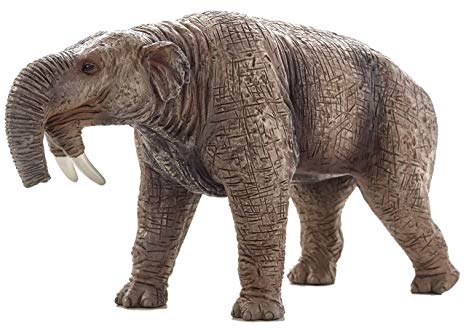
Unlike modern-day elephants, they had a pair of tusks which grew downwards. They used their tusks to dig up the soil and eat plant roots. They had no upper tusks which were shorter than modern day elephants. Their fossils were discovered across Africa. It was in 1836 when an entire skull was unearthed.
Dunkleosteus
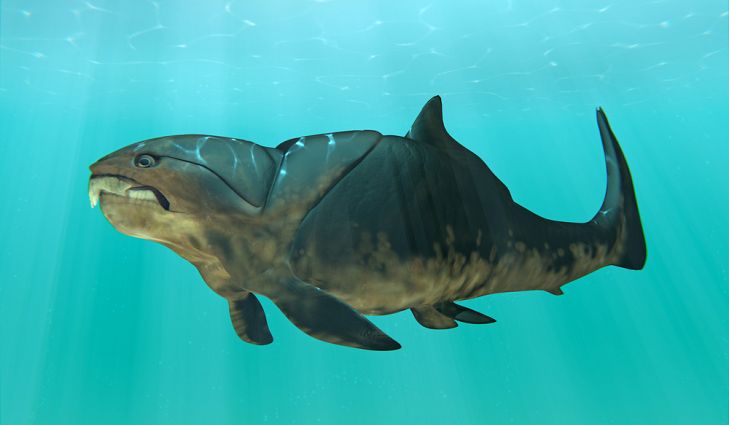
Dunkleosteus was also kind of fish that lived some 358 to 382 millions years ago. Ten different other species have been identified. This fish grew over 30 feet and had a typical armored face as you can see. It had one of the strongest bites because of its beak-like structured mouth.
Not Alive Though
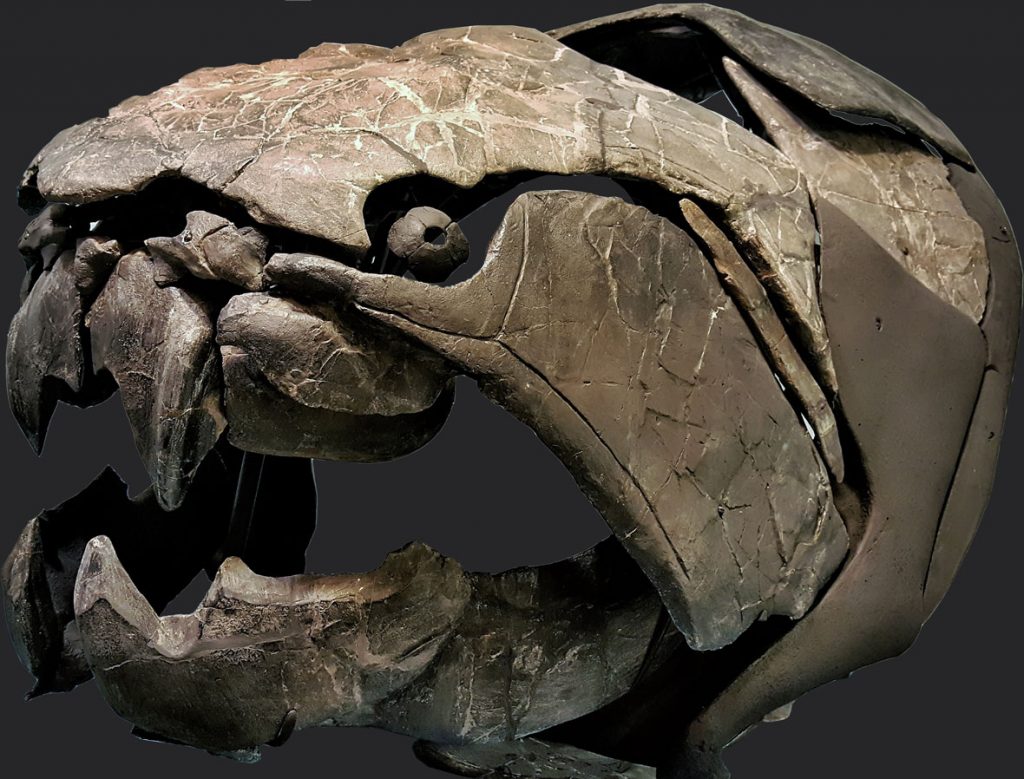
Due to its heavy armor, it was a slow but good swimmer. A fossil which was discovered showed some evidence of Dunkleosteus feeding over other fishes and vomiting prey bones rather than digesting them. Though they aren’t found on the planet anymore their skeletons are up on display at Cleveland Museum of Natural History.
Liopleurodon
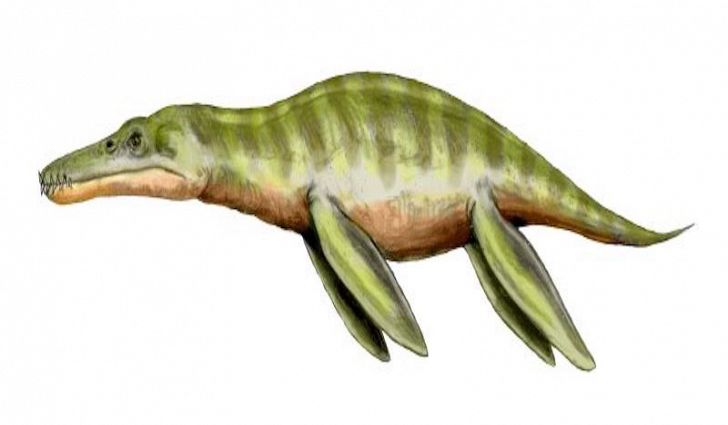
Liopleurodon was a large carnivorous who lived some 160 to 155 million years ago during the Middle Jurassic Period. The name comes from Greek which means smooth-sided tooth and was made official in 1873 after a 2.75-inch tooth was found. The other fossils have been found in England, France, and Russia. It was a great swimmer.
Great Swimmer Species
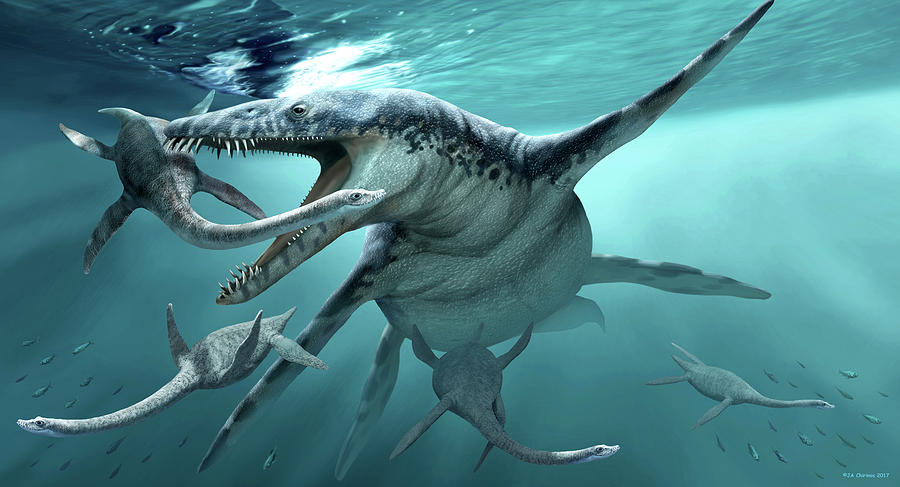
Liopleurodon was a great swimmer and with its powerful four-flipper kind limbs it traveled across the ocean with great speed. The animal was 21-feet in length and their skull was about one-fifth of its body’s total area. Studies suggest that it could also scan the ocean with its nostrils.
